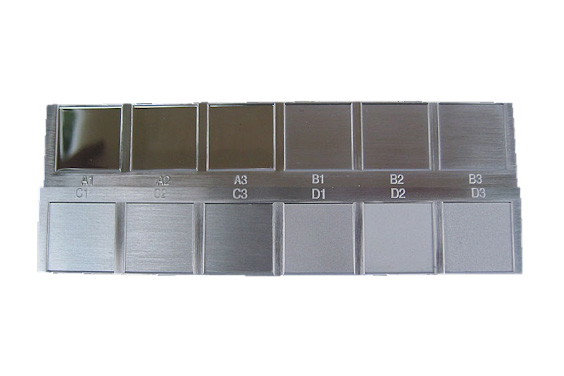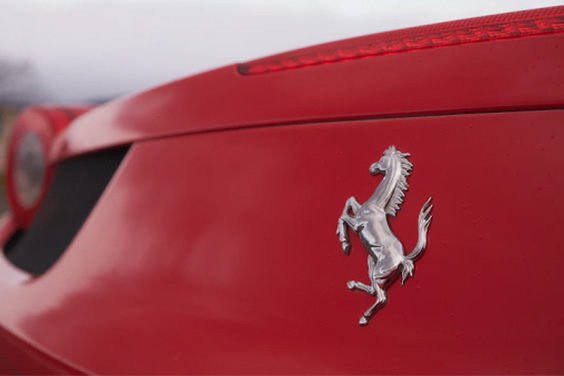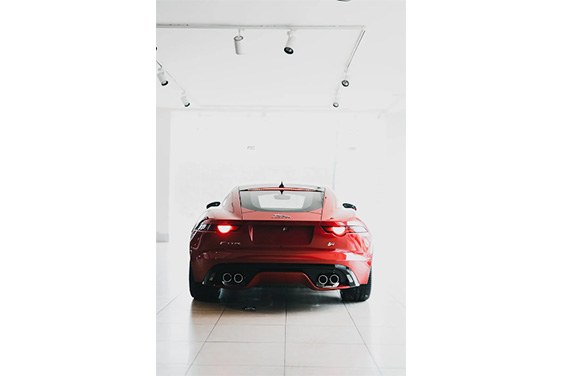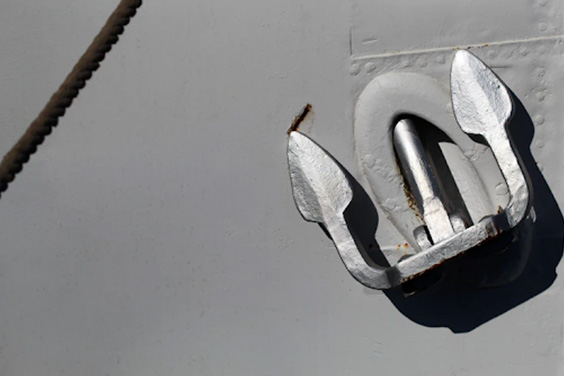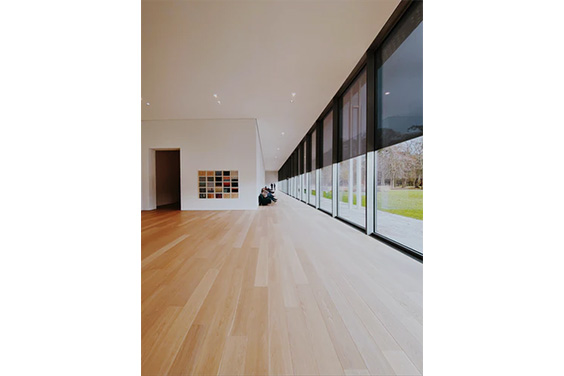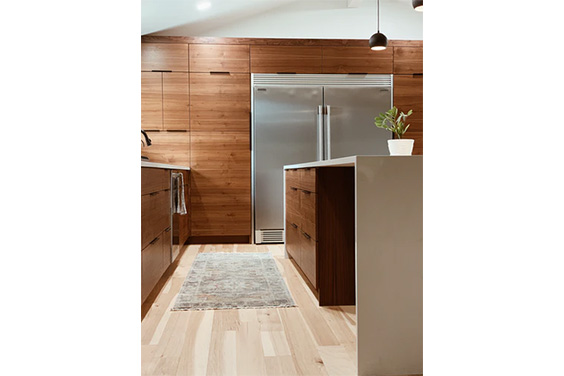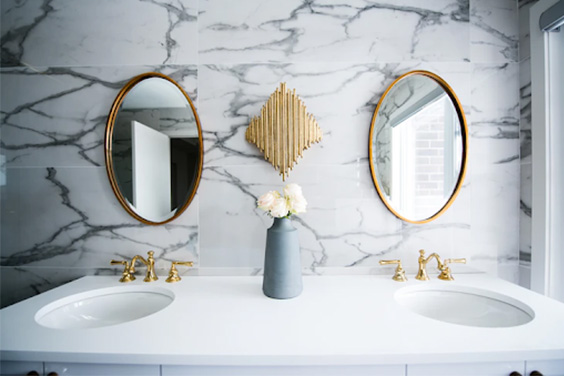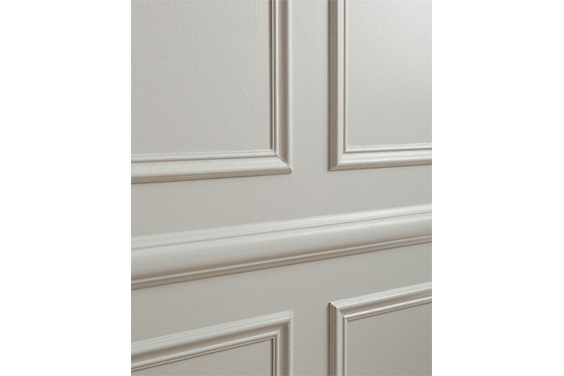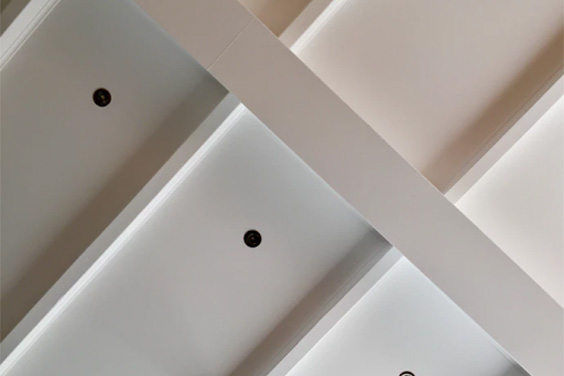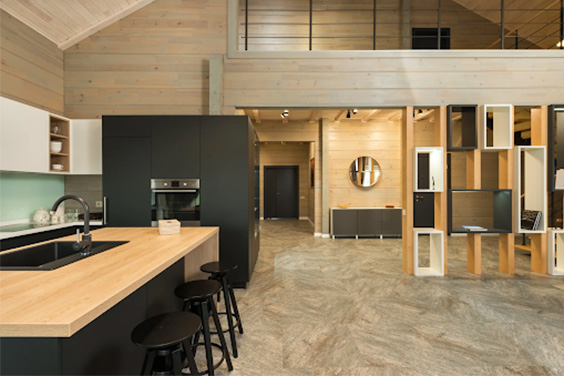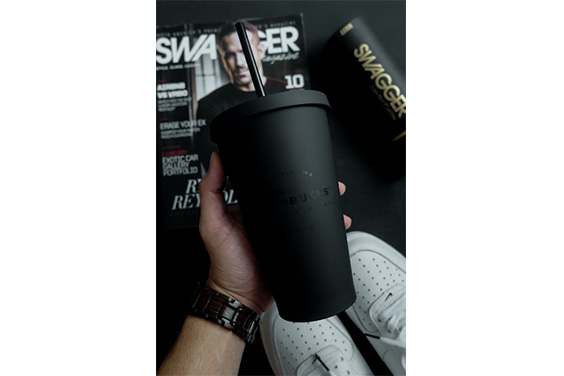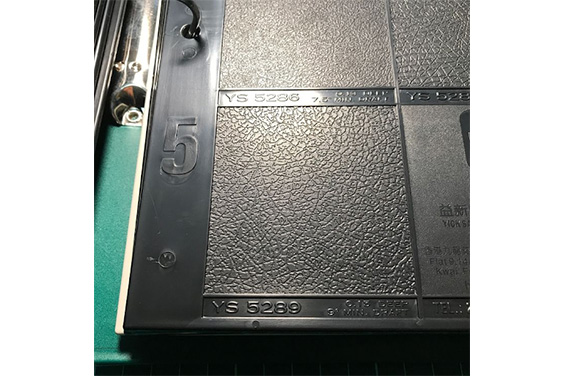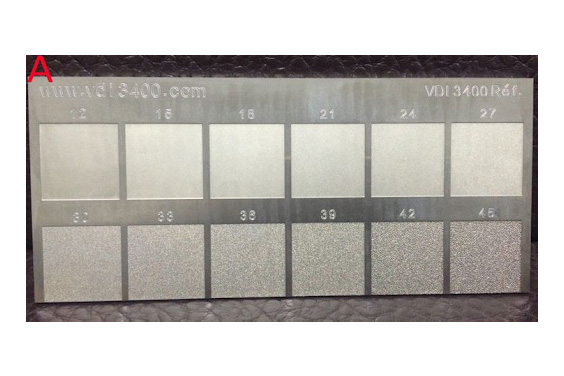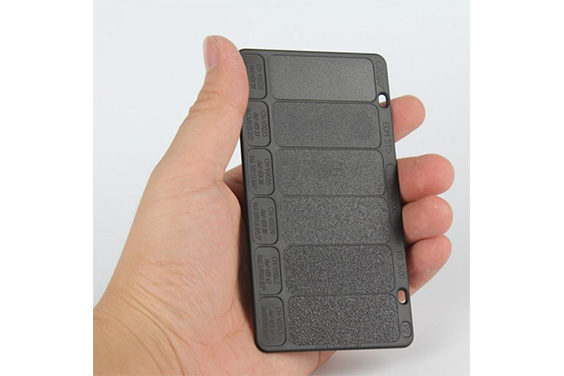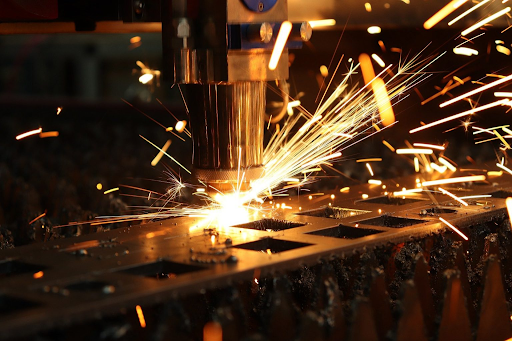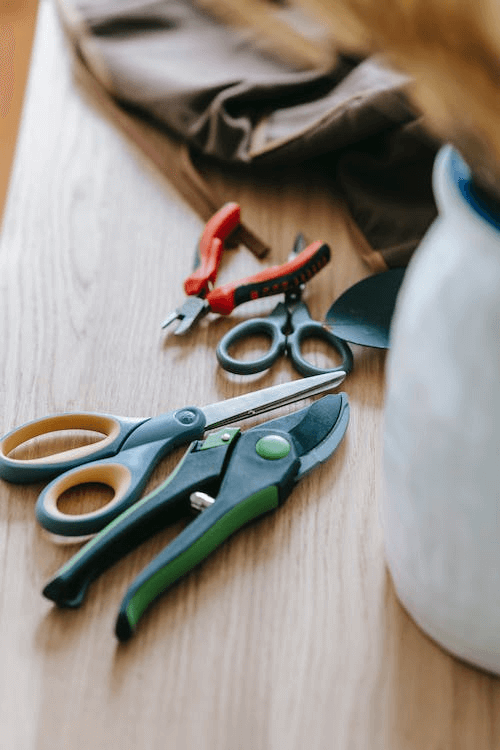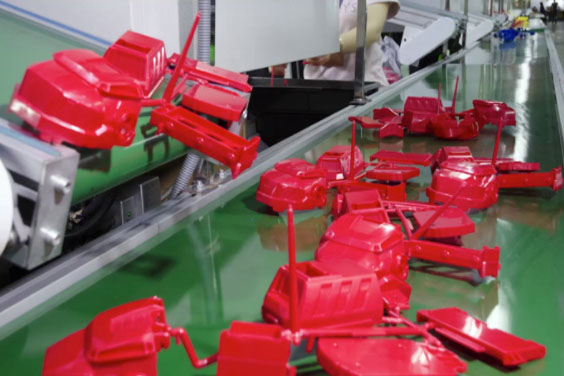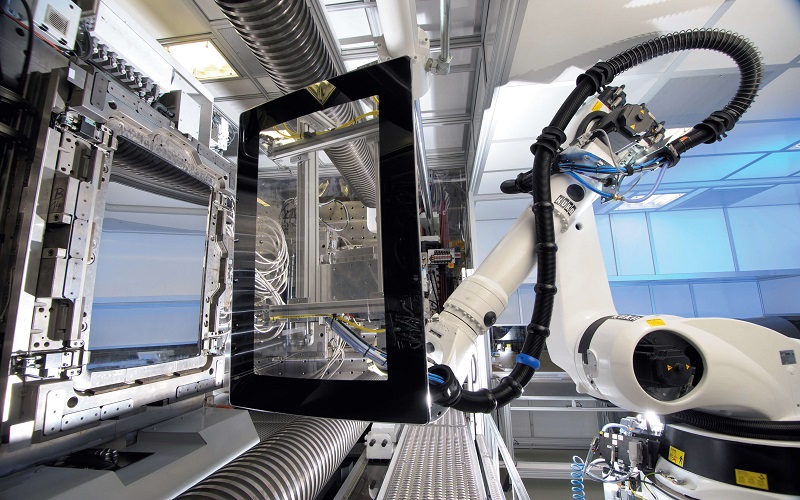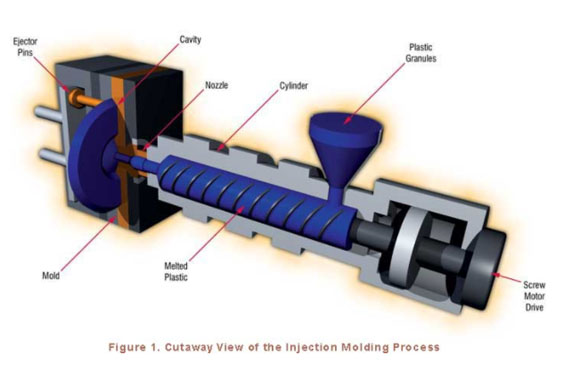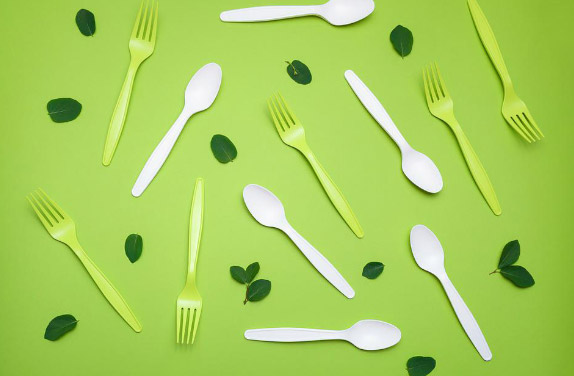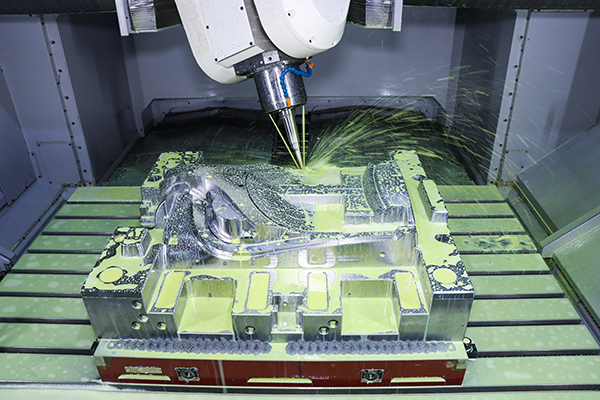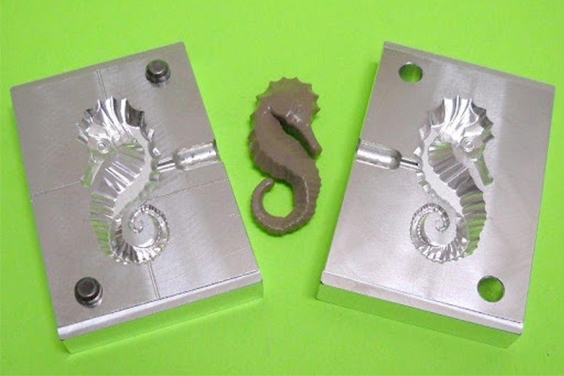
Injection Molding Surface Finish: Different Types
Finish Standards
- Home
- > Blog
Share :
Share :
Surface finish in injection molded components for engineering products is critical for a successful part design and is utilized for both aesthetic and functional purposes. An appropriate surface finish improves the look and feels of a product while also increasing the perceived worth and quality of the product. The product’s aesthetic appeal is strongly influenced by its appearance and how it feels in the hands of the consumer.
Most popular plastic injection molded materials can have a variety of surface finishes. Hence, one must choose injection molding surface finishes by evaluating a component function, material utilized, and visual requirements.
SPI and VDI standards are the most frequent ways to specify injection molding surfaces. These two standards are widely used in molding making technology and recognized by injection mold manufacturers, tool makers, and design engineers all throughout the world. SPI standards are slightly more popular and widely known as SPI grades.
Categories of Surface Finish - An Overview
Surface finishes on injection molding equipment were specified by the Society of Plastics Industry (SPI). The following grades are determined by the method employed to accomplish the finish:
- Grade A – Diamond Buffing: Diamond buffing paste has such a tiny grain. Hence, the results are often exceedingly shiny and the product surfaces stay flat. Grade A finishes are the greatest level of quality.
- Grade B – Sandpaper: This finish is also known as semi-gloss finish. It is applied with sanding grit and is great for concealing visible marks from CNC molding. The surface finish is controlled by the grit number of the sandpaper.
- Grade C – Grit Stone: Grit sanding stones are similar to sandpaper in terms of grit number and final texture. Grit stones, on the other hand, cut more aggressively than B grades, resulting in a rougher texture.
- Grade D – Pressure Blasting: Non-directional patterns and dull or flat finishes arise from abrasive blasting of plastic surfaces with sand or glass beads.
There are multiple levels of surface finish within each grade, which defines the degree of plastic surface roughness. Within the grades, levels are usually numbered consecutively, with 1 indicating the least amount of roughness and higher numbers indicating more texture.
Glossy
These grade A finishes are the smoothest, glossiest, and most expensive of all. These grades would necessitate hardened tool steel molds that were buffed with various diamond buff grades. It will not have a clear texture and scatter light rays, creating an extremely glossy finish, due to the fine-grain buffing paste and random directional rotary polishing procedure. They’re also known as diamond finish or buff finish.
1. SPI A2
Materials with this finishing standard are known for their high glossy finish with the finishing method of Grade 6 and 3000 Grit Diamond Buff. The gloss is however less than SPI A1 standards but it is considered better in terms of material suitability for equal price. SPI A2 standards are best suitable with Acrylic and Polycarbonate (PC). Unlike the A1 standards, these are even suitable with materials like polypropylene (PP) and HDPE to some extent.
2. SPI A3
Materials of SPI A3 standards provide a normal glossy finish with the finishing method of Grade 15 and 1200 Grit Diamond Buff. This level of finish is justified as these standards are available in the market for comparatively less prices than SPI A1 and A2 grades. In terms of material suitability, SPI A3 standard materials are better than the other two variants. They have great compatibility with Polycarbonate (PC), Acrylic. ABS, Nylon, and Polystyrene.
In a nutshell, for cosmetic and functional reasons, SPI gloss grades are appropriate for goods having a smooth surface finish, suitability with Acrylic, and unsuitability with Polyurethane (TPU). The most prevalent diamond finish used in the industry is A2, which produces auto plastic parts that are both visually appealing and have good part release. Surface finishes of grade A are utilized on optical components such as lenses, mirrors, and visors.
Semi-Glossy
These semi-gloss finishes are excellent for removing machining, injection molding, and tooling marks at a low cost of tooling. Different grades of sandpaper are used to create these surface finishes, which are applied in a linear pattern.
1. SPI B1
B1 grades are known for their fine semi-glossy finish, high price, and excellent compatibility with Polystyrene (PS). They incorporate a finishing method of 600 Grit Sandpaper and are suitable with almost all materials except Polyurethane (TPU).
2. SPI B2
The surface finish of this standard is available in the market for a lesser price than B1 grade. They provide a medium semi-glossy finish and incorporate a finishing method of 400 Grit Sandpaper. This type of finish has better suitability with materials than the B1 standard. They are averagely suitable with Polyurethane as well.
3. SPI B3
Among all the semi-gloss finishes, B3 grade is known for its excellent suitability with almost all materials. They are even available for a lesser price than B2 grade. They provide a normal semi-gloss finish with a method of 320 Grit Sandpaper.
Semi-gloss surface coatings from SPI would provide an excellent aesthetic appearance while also removing mold tool markings. These are frequently employed in portions of a product that aren’t attractive or visually significant.
Matte
A fine stone powder is used to polish these surface finishes, which are the most cost-effective and popular. It’s also known as the stone finish, and it helps disguise machining marks while providing good release. Grade C is also the initial step in the surface finishes for grades A and B.
1. SPI C1
With a finishing method of 600 Grit Sanding Stones, C1 grade provides a fine matte finish. It is cheaper than gloss and semi-gloss finishes. This standard has average compatibility with Polycarbonate (PC) and excellent compatibility with the rest of the materials.
2. SPI C2
The surface finish of C2 grade is cheaper than C1 grade, provides a medium matte finish with a method of 400 Grit Sanding Stones. The surface finish of this grade is not suitable at all with Polycarbonate (PC) and has suitability similar to C1 grade in the case of other materials.
3. SPI C3
This grade is known for its fewer prices. It provides a normal matte finish with a finishing method of 320 Grit Sanding Stones. Their material suitability is similar to SPI C2 standards.
It gives the part a pleasing aesthetic aspect and is frequently utilized in industrial and consumer products. These are appropriate for parts that do not require a specific visual appearance.
Textured
These rough finishes are smoothed down with fine stone powder before being dry blasted with aluminum oxide or glass beads. Dry blasting produces a smooth, non-directional surface finish due to its random nature. A textured finish improves surface grip, covers deformations and blemishes, and even helps to camouflage fingerprint smudges.
These textured surface treatments are suited for parts with a dull or satin textured finish that facilitate grasping, such as the handle on consumer products, and are used on thermoset industrial parts.
MT (MoldTech)
MoldTech or MT standards are texture specifications that help to identify different material textures with variations in texture depth and draft angle of the material. MT finishes and standards are typically used when we need a texture on the surface.
Mold texture is a typical method of surface finishing that has a direct impact on the product’s appearance and surface strength. It is known for its low cost, rich surface effect, and quick processing speed.
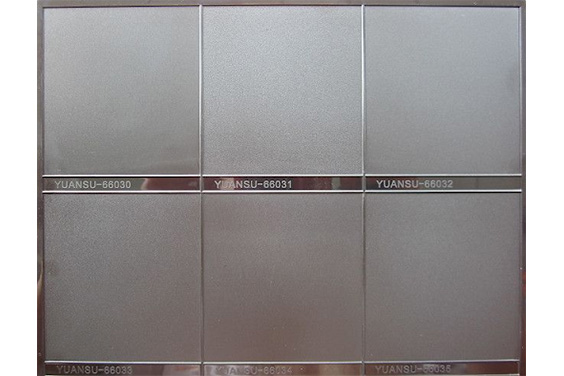
VDI (Verein Deutscher Ingenieure)
VDI is a mold texture standard set by the Society of German Engineers. It is also known as VDI 3400 Surface Finish. When making molds, the VDI 3400 surface finish is primarily treated by Electrical Discharge Machining (EDM). The classic texturing process could also be used (like in SPI).
Despite the fact that the standards are developed by the Society of German Engineers, they are widely used by tool makers throughout the world, especially in North America, Europe, and Asia.
YS (Yick Sang)
Yick Sang is a Chinese mold texture standard. It is used by many Chinese as well as international injection molding companies. Mold-tech and Yick Sang are generally first preferences for standard mold texture specifications. As compared to mold-tech, Yick Sang textures are available for a lesser price.
Table of Contents
Conclusion
Choosing the correct injection molding surface finish for your plastic products such as bucket mould or plastic molded chairs has various advantages. However, you should do so as early in the design process as possible. This is because your tooling technique, material selection, and other decisions will be influenced by the surface polish. For more plastic injection molding service, check out our website and will meet all your needs

